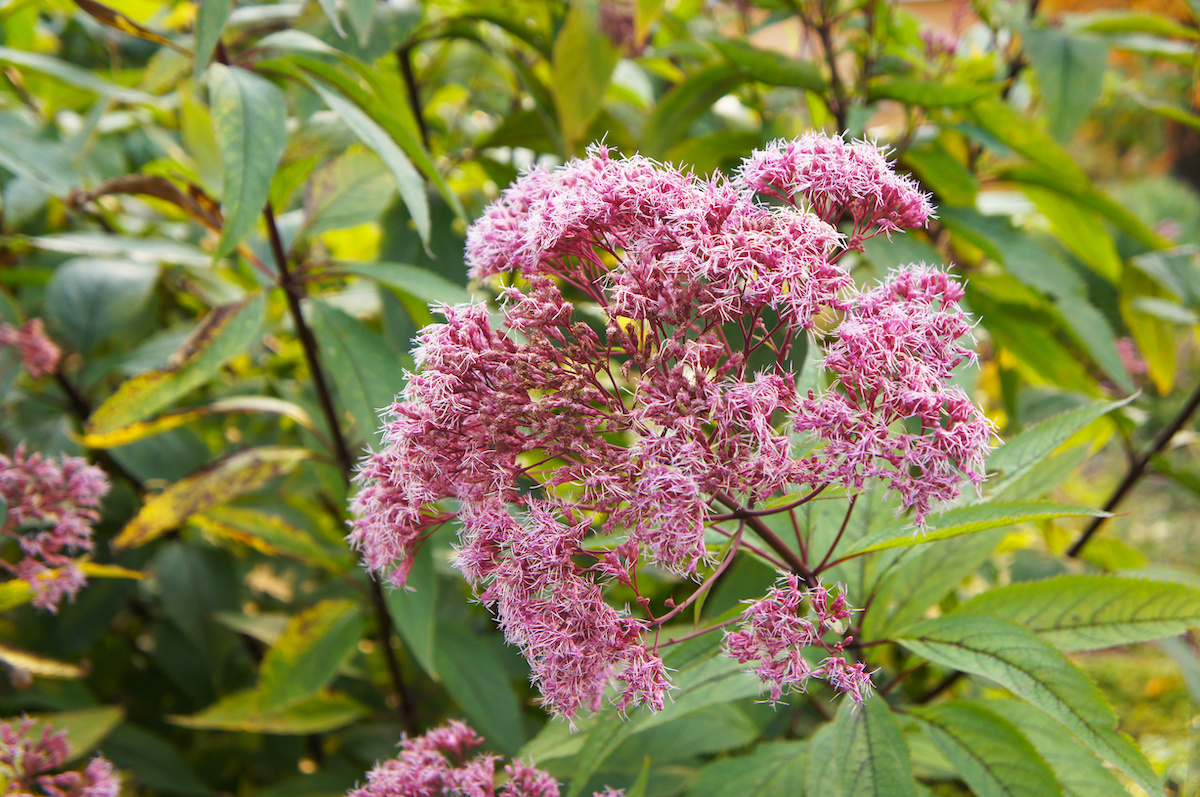
Taking photographs these days is so much easier than it was only a decade ago—simply point your phone and press the button. And if it doesn’t look right, simply do it again and discard the first one. There’s really no excuse for not capturing visual records of your garden.
Back when I began gardening, I’m recalling how complex it was to take pictures of gardens, landscape views and individual plants. Not only did we need to carry a camera and load film into it, we tended to budget our picture-taking for the most important items, not wanting to “waste film.” Once the pictures came back from being developed, we were often disappointed with the images, but the opportunity for another attempt had already passed. Even using those Polaroid instant cameras was inconvenient, cumbersome and disappointing in many ways, with the resulting prints often not what we had in mind.

The appearance of our gardens changes so dramatically with the seasons, most of us find it challenging to recall how it looked even a few weeks prior. Right now may not be its most spectacular time, but late summer is when the plants in your garden generally hold their fullest growth and look most mature. Most trees and shrubs have not yet begun changing to their fall colors and most new growth has ceased or at least slowed for the year. Temperatures are pleasant, annual plants are still colorful and the vegetable garden is in full production.
Your garden probably won’t look so opulent in a few weeks. And by winter when you want to start planning, as well as during next spring’s actual planting time, envisioning how it will look in mid-summer might be rather difficult. I am continually amazed comparing images I’ve taken in March with those taken from the same vantage point in mid spring and late summer—it’s challenging to comprehend the amount of growth some plants produce in a single season, and how much space they require. Those Joe Pye weed (Eutrochiumor Eupatorium purpureum) and cup plant (Silphium perfoliatum) that are now 8 feet tall and just as wide, virtually disappear when they die-back or are cut back to the ground in winter, only starting to reappear from the open ground in late spring.
Keeping a pictorial record of this season is particularly significant when you’re deciding later what needs to be “edited”, choosing what and where to plant next year, envisioning forms, optimum spacing, and seasonal colors.
Right now is the perfect time to record how your plants and gardens look at their peak of growth. What could be easier?
About the Author
Wayne Mezitt is a 3rd generation nurseryman, a Massachusetts Certified Horticulturist, now chairman of Weston Nurseries of Hopkinton, Chelmsford & Hingham MA, and owner of “Hort-Sense”, a horticultural advisory business. He currently serves in various capacities on several horticulturally-related organizations, including the Massachusetts Horticultural Society at The Gardens at Elm Bank in Wellesley MA, and chairman for the Massachusetts Invasive Plant Advisory Group (MIPAG).







